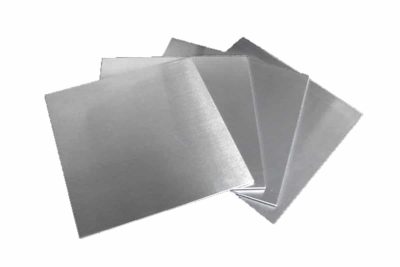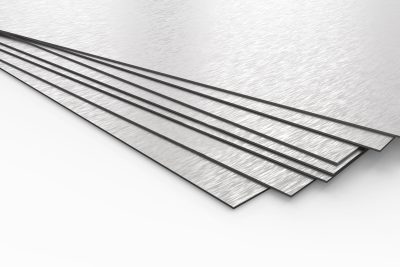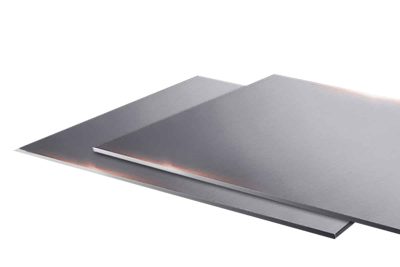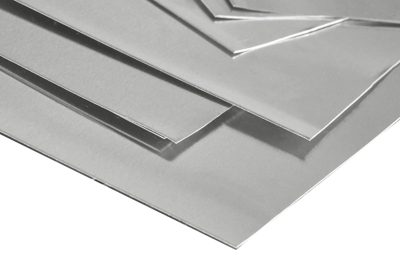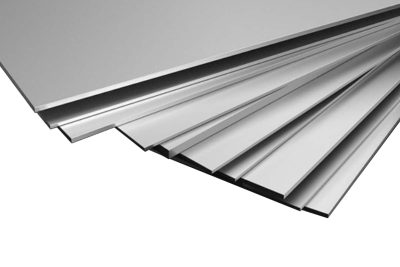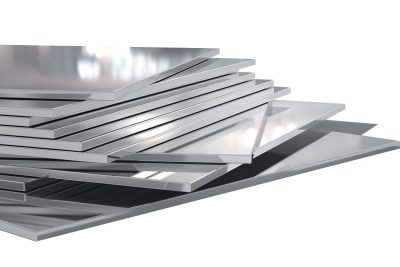The two most common types of stainless steel are 304 and 316. the high levels of chromium and nickel in 304 and 316 stainless steel sheets make them highly resistant to heat, wear, and corrosion. Of course, they are not only known for these benefits, but they also have numerous advantages such as clean appearance and high malleability. Although the two are very similar in many aspects, there are significant differences in how they are made. 316 stainless steel has molybdenum chemically, while 304 stainless steel contains no. Continue reading to learn more about the most popular types of stainless steel.
304 VS 316 Stainless Steel: Which is Better
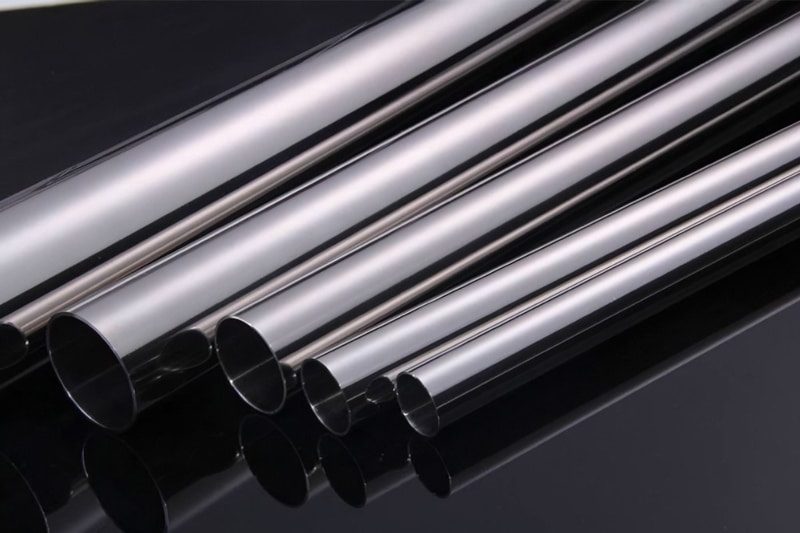
What are 304 and 316 stainless steel?
304 Stainless Steel
Grade 304 is the most common austenitic stainless steel. It contains 8 percent nickel and 18% chromium. The alloy also includes other elements – carbon, manganese, and silicon – and the remaining composition is primarily iron. The 304 stainless steel is highly resistant to corrosion and has high nickel-chromium levels.
316 Stainless Steel
316 stainless steel is composed primarily of iron and contains 10% nickel and 16% chromium, as well as small amounts of carbon, manganese, molybdenum, and silicon. Therefore, it is more resistant to corrosion than 304. For this reason, 316 stainless steel is often the preferred choice in marine construction.
How are 304 and 316 stainless steel classified?
Although there are more than 100 grades of stainless steel, most fall into five main categories within the stainless steel family: austenitic, ferritic, martensitic, duplex, and precipitation hardening. These five types of stainless steel are arranged according to their crystal structure. Austenitic grades include 316 and 304 stainless steel sheets. The austenitic system of stainless steel grades makes them non-magnetic and unavailable for heat treatment.
What is the difference between 304 and 316 stainless steel?
316 contains many chemical properties similar to those of 304 stainless steel. To the naked eye, the two metals appear to be identical. The simple answer to this question is that 304 has 18% chromium. 316 has 10% nickel. 2% molybdenum. 316 has added molybdenum to help resist corrosion from some oxides such as seawater or salt water. Next, we briefly describe the characteristics of each of 304 and 316.
Chemical Composition
| Garde | 304 | 316 |
|---|---|---|
| C | 0.08 | 0.03-0.08 |
| Mn | ≤2.0 | ≤2.0 |
| Si | 0.75 | ≤1 |
| P | ≤0.045 | ≤0.045 |
| S | ≤0.03 | ≤0.03 |
| Gr | 18-20 | 16-18 |
| Ni | 8-10.6 | 14-16 |
| N | 0.1 | - |
| Mo | - | ≤2.0-3.0 |
Physical properties 304 VS 316 stainless steel
| Physical properties | 304 | 316 |
|---|---|---|
| Melting point | 1450℃ | 1400℃ |
| Density | 8.00 g/cm^3 | 8.00 g/cm^3 |
| Thermal expansion | 17.2 x10^-6/K | 15.9 x 10^-6 |
| Modulus of elasticity | 193 Pa | 193 Pa |
| Thermal conductivity | 16.2 W/mK | 16.3 W/mK |
| Tensile strength | 500-700 MPa | 400-620 MPa |
| Elongation A50 mm | 45 % min | 45 % min |
| Hardness (Brinell) | Max 215 HB | Max 149 HB |
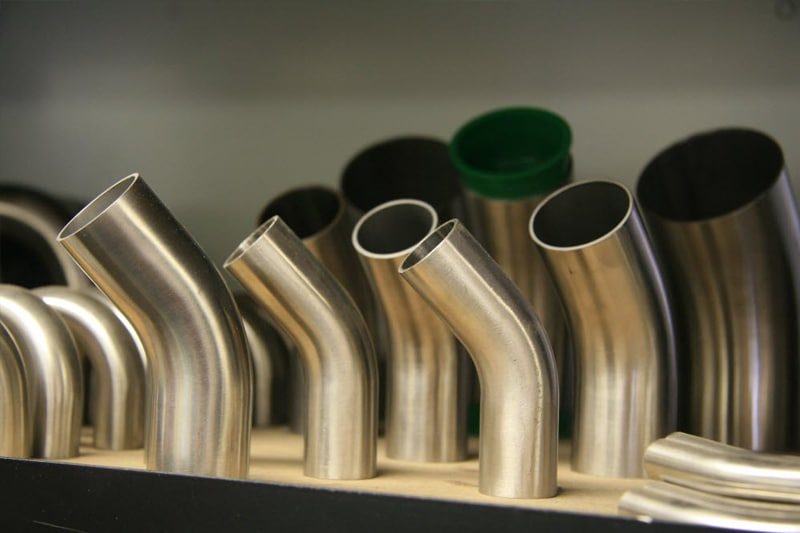
Pros and cons of 304 and 316 stainless steel
Pros of 304 stainless steel
- 304 stainless steel is resistant to corrosion and intergranular corrosion. Strong corrosion resistance is found in oxidizing acids. These include concentrations below 65% of the boiling point for nitric. Good corrosion resistance is also found in most alkali solutions and organic and inorganic acids.
- High-quality cold and hot forming processes and excellent performance. Can be processed plate, tube, line, strip, type products for manufacturing cold heading, deep punching, deep punching forming parts.
- Better low-temperature performance. Under the condition of -180℃, the strength, elongation, and area reduction rate are good.
- It has good weldability. We can often use welding methods before and without post-welding heat treatment.
- Low price
Cons of 304 stainless steel
- Large cross-sectional sizes of steel are sensitive to intergranular corrosion after welding.
- Water containing C1 (including moist air) is susceptible to stress corrosion.
- Low mechanical strength, such as poor cutting properties.
Pros of 316 stainless steel
- Durability: 316 stainless steel is not only tough and versatile but at high temperatures can be maintained for a longer time than the 304 types.
- Easy to process: 316 stainless steel has excellent weldability and machinability. Even at low temperatures, it also has excellent toughness. You can quickly process it into the products you want.
- Corrosion resistance: 316 stainless steel added the chemical composition of molybdenum, making it more resistant to corrosion than 304 or other stainless steel alloys. 316’s resistance to corrosion makes it ideal for medical and pharmaceutical applications. This allows 316 steel to be used in highly acidic environments without causing any damage. It can also withstand strong disinfectants and the high temperatures needed to sterilize.
Cons of 316 stainless steel
- High cost
Applications of 304 and 316 stainless steel
Application of 304 stainless steel
304 is commonly used in our everyday medical and food industries because it can withstand powerful cleaning chemicals without corroding. 304 type stainless is a low-carbon and high-chromium content, making it one of the most versatile austenitic stainless metals. All 18% and 8% nickel austenitic metal alloys are available. Type 304 is recognized for its resistance to oxidation, corrosion, and durability. 304 products can be made in many finishes to provide various industries options. Typical applications for 304 stainless steel include:
- Kitchen appliances: various pots, pans, hoods, sinks, spatulas, etc.
- Transportation equipment: various car parts, roadblocks, light poles, etc.
- Construction industry: indoor construction, such as wall panels, elevators, etc.
- Medical equipment: surgical tools, monitoring equipment, etc.
There are significant differences in the nickel and chromium contents of 304 and316 stainless steel sheets. The former has a higher chromium content, while the latter contains more nickel.
Application of 316 stainless steel
Adding molybdenum to 316 makes it more corrosion-resistant than similar alloys. 316 is a primary metal used in marine environments due to its corrosion resistance. 316 stainless is used in hospitals because of its cleanliness. 316 type of stainless steel is an authentic, chromium-nickel stainless steel that can withstand a variety of chemical corrosives like seawater or brine solutions. 304 stainless steel typical applications.
- Chemical equipment: reservoirs and pipelines for chemical applications, chemical storage, and processing equipment, and refinery infrastructure.
- Mechanical parts: ship tracks, steel wire rope, ship ladders, ship hulls.
- Medical equipment: large pharmaceutical equipment, surgical equipment, etc.
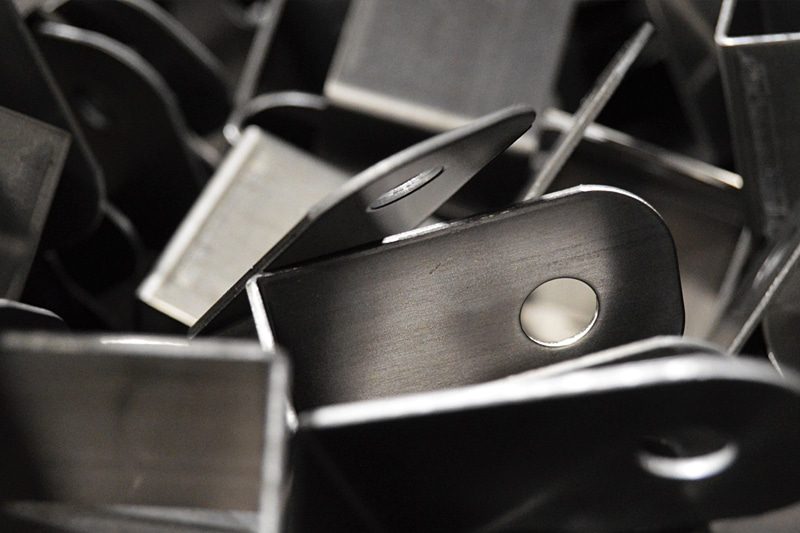
How to distinguish between 304 and 316 stainless steel?
It is difficult to distinguish between the two by the naked eye, but generally, the bottom or inside of the product is engraved with the symbol 304 or 316. When encountering unscrupulous merchants, they may mark the bottom of 304 with 316. So how can we tell the difference? We can only use an MTR to identify whether it is 304 or 316.
All stainless steel products of Posco Group are manufactured in strict accordance with ASTM, AISI, GB, JIS, DIN, and other standards. All 304 and 316 stainless steel category products are shipped with ISO, RoHS, IBR, and other testing reports. We can customize the shipping package, stainless steel size, thickness, etc., for free. We are your reliable partner.
Which is better: 304 or 316 stainless steel?
When viewing these two steel grades, are similar in appearance and have similar chemical compositions. Both provide excellent resistance to rust and corrosion while also offering additional durability. When comparing 304 vs. 316 stainless steel, the higher cost of 316 can be attributed to its better corrosion resistance. Because of this price difference and the limited environment in which 316 steel’s advantages lie, 304 grade is the most widely used austenitic stainless steel.
Due to its better corrosion resistance, stainless steel grade 316 costs more. This higher-grade alloy is especially recommended for corrosive environments such as seawater. It can extend the life of components or equipment exposed to harsh and corrosive conditions, especially when exposed to salt. However, for most applications, 304 grade will work very well. In summary, choose 316 stainless steel when the application is more corrosive and vice versa for 304.
FAQ
In terms of strength, there is little difference between 304 and 316. However, because there is a slight variation in the alloying elements between the two, 316 stainless steel will be a little stronger.
304 has a higher melting point than 316 stainless steel, with 304 stainless steel having a melting point in the range of 2,550 – 2,650 °F or 1399 – 1454 °C.
The electrochemical mixing of 304 and 316 is not a problem because their surfaces have the same potential.
There is no difference between the two. The only way to distinguish between them is to test them chemically. The main difference between 304 and 316 stainless steel is the addition of molybdenum to 316 stainless steel. If you don’t have a way to tell the difference, you can contact our scientific staff, and we will help you tell the difference for free.
304 and 316 stainless steel are very similar in chemical composition. As a result, both have good weldability. But if you have to compare, 316 stainless steel will be relatively easier to weld.
Most stainless steels are magnetic, except for austenitic stainless steels, and 300 series stainless steel, including 304 and 316. however, unlike 316 stainless steel, 304 stainless steel will be slightly magnetic after various processing processes. So if you compare the two, 304 stainless steel is slightly more magnetic.
Conclusion
This is a detailed guide about 304 and 316 stainless steel. In short, if your budget is not too much and the equipment is not used in a corrosive environment or an atmospheric setting. Then I recommend you buy 304 stainless steel. Suppose the operation equipment is used in the more corrosive industries, such as seawater purification, petroleum smelting, etc. Then I recommend you buy 316 stainless steel. Posco Group is a professional stainless steel distributor. We can provide you with various high-quality 304 and 316 stainless steel products, including stainless steel tubes, plates, steel bars, and hundreds of other products.
If you have any needs, you can contact our engineers directly. They will assist you for free in selecting materials for your project so that you can spend the least amount of budget to get the most benefit.
- Stainless Steel Sheet
- Stainless Steel Plate
- Stainless Steel Tube
- Stainless Steel Pipe
- Stainless Steel Bar
- Stainless Steel Rod
- Stainless Steel Coil
- Stainless Steel Strip
- Stainless Steel Angle
- Stainless Steel Flat Bar
- Stainless Steel Channel
- Stainless Steel Wire
- Stainless Steel Wire Mesh
- Stainless Steel Rectangular Tube
- Stainless Steel Cable
- Stainless Steel Threaded Rod
Message
Contact Us
We offer our customers the opportunity to increase profitability by meeting their just-in-time production schedules and offering customized services to meet end-user-specific requirements. Posco Group has always been committed to improving customer service and product quality and providing high-value solutions for customers’ businesses. Satisfying the needs of customers is our daily work goal!

